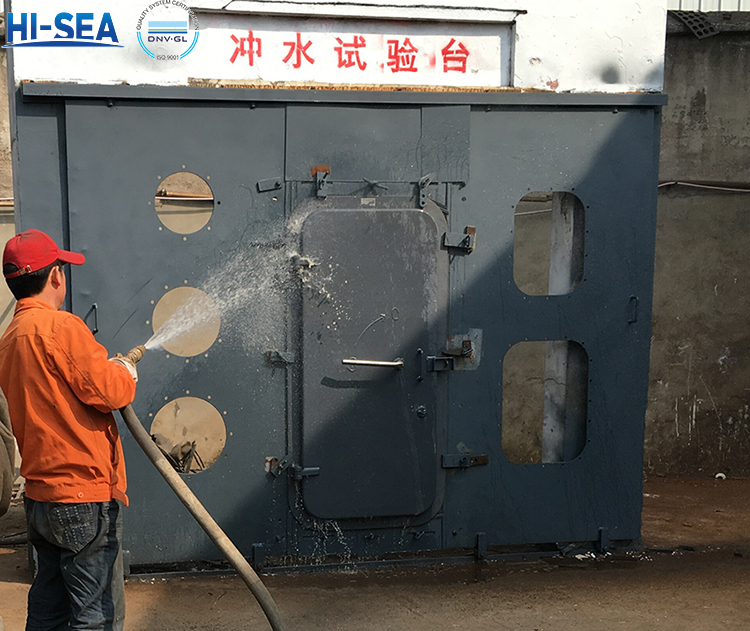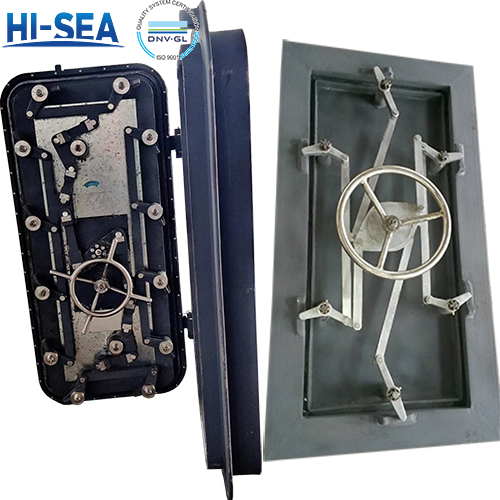
Difference in the Tightness of Watertight Door and Weathertight Door
Overview
Sealing performance comparison:
Marine watertight door:
Watertight doors are designed to maintain a seal in the cabin below the freeboard deck to prevent water from seeping into the cabin from the outside. Watertight doors are usually of strong metal construction and are equipped with watertight seals such as rubber pads to ensure complete sealing under water pressure. This high sealing performance allows the watertight door to maintain buoyancy and stability when the ship encounters unexpected situations, effectively preventing equipment flooding and ship sinking.
Marine weathertight doors:
The main design purpose of weathertight doors is to prevent wind and rain from invading the ship to ensure the safety and comfort of the ship in adverse weather conditions. Although the weathertight door also has a certain sealing performance, its sealing performance is slightly inferior to that of the watertight door. The sealing performance of the weathertight door is mainly to prevent the intrusion under bad weather conditions such as rain and snow, and for water immersion, its sealing performance is not as reliable as the watertight door.
Comparison of test methods:
Marine watertight door:
For the sealing performance test of watertight doors, it is necessary to carry out at least two kinds of tests: water pressure test and flush test.
Water pressure test: The watertight door is installed on the special water pressure test box, the water pressure in the box is increased to the specified pressure, and the water leakage is not leaking within a certain period of time, or the water leakage does not exceed a certain value (for watertight doors of different specifications and different standards, the water pressure test requirements are different).
Flushing test: The watertight door is installed on the simulated cabin, and the nozzle with a diameter of no less than 12.5mm is used to flush the contact sealing surface of the door frame and door panel under the condition that the flushing pressure is not less than 0.2MPa and the distance from the watertight door is not more than 1.5m. The time is not less than 3min, and no leakage is required to be detected inside the watertight door.

Water pressure test
Marine weathertight doors:
The sealing performance test of weathertight doors is not as strict as that of watertight doors, and usually only a flushing test is required.
Flushing test: The watertight door is installed on the simulated cabin, and the nozzle with a diameter of no less than 12.5mm is used to flush the contact sealing surface of the door frame and door panel under the condition that the flushing pressure is not less than 0.2MPa and the distance from the watertight door is not more than 1.5m. The time is not less than 3min, and no leakage is required to be detected inside the watertight door.

Flush water test





